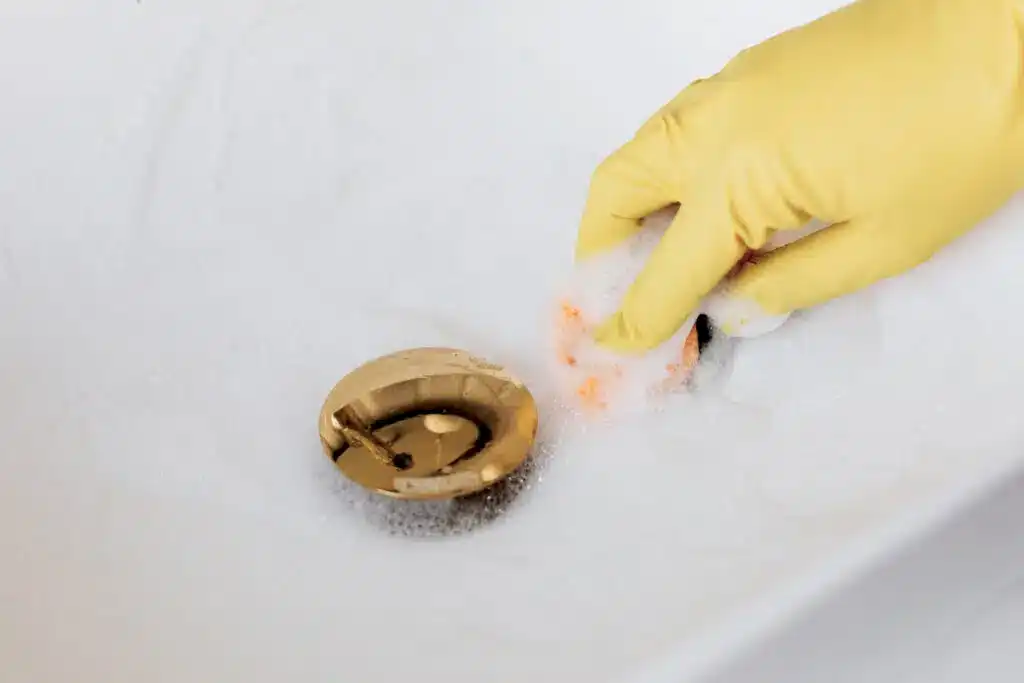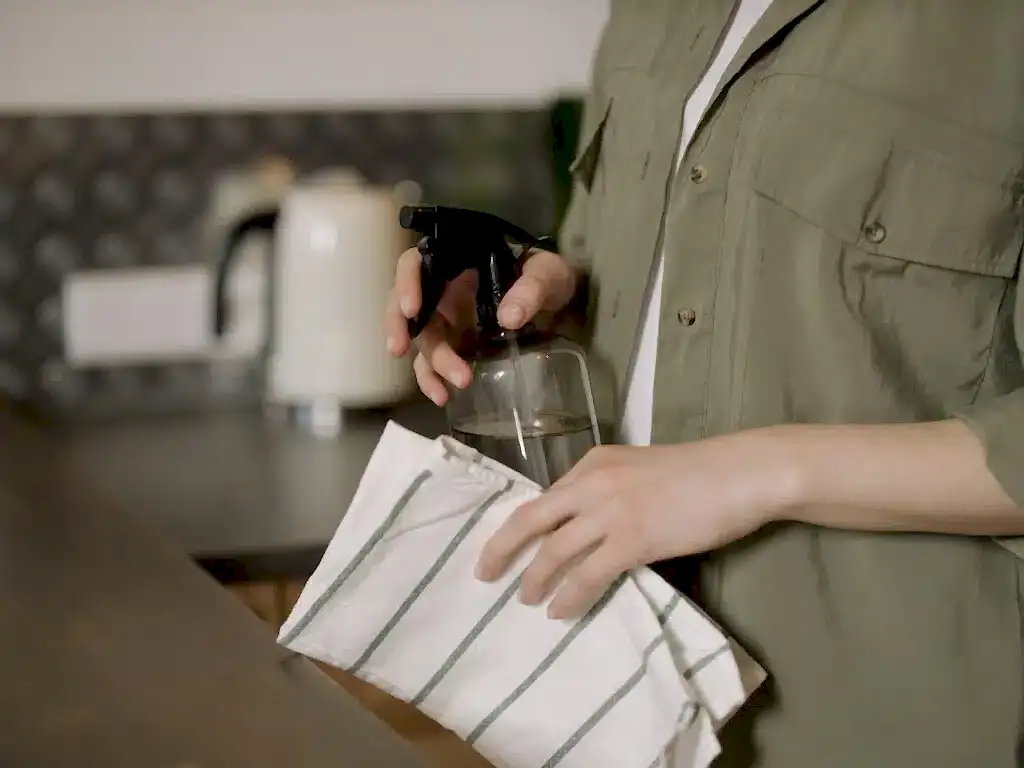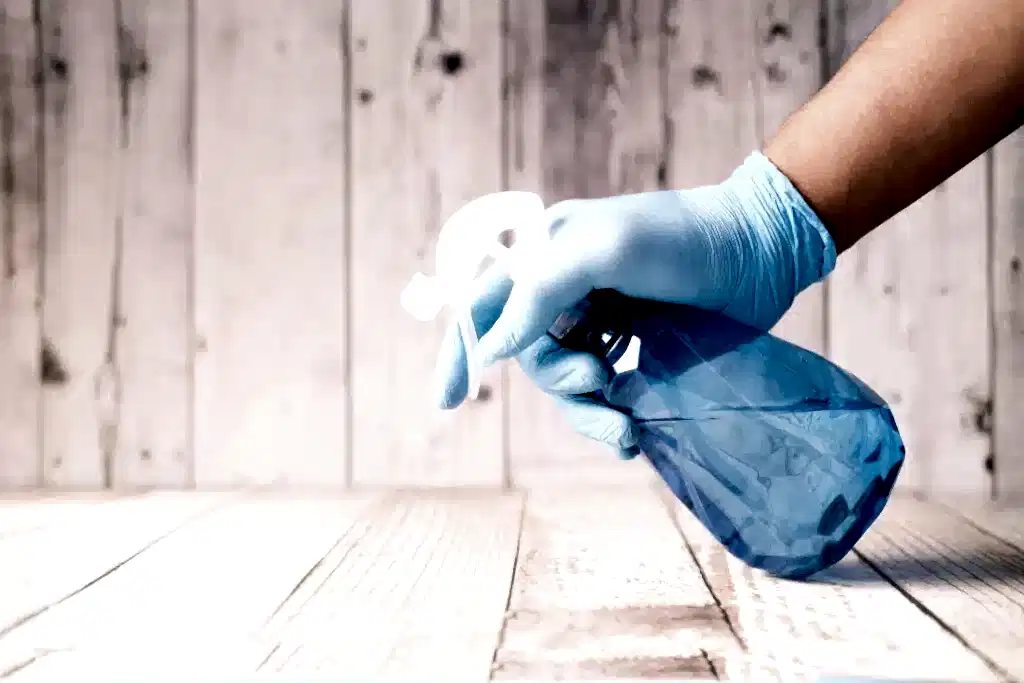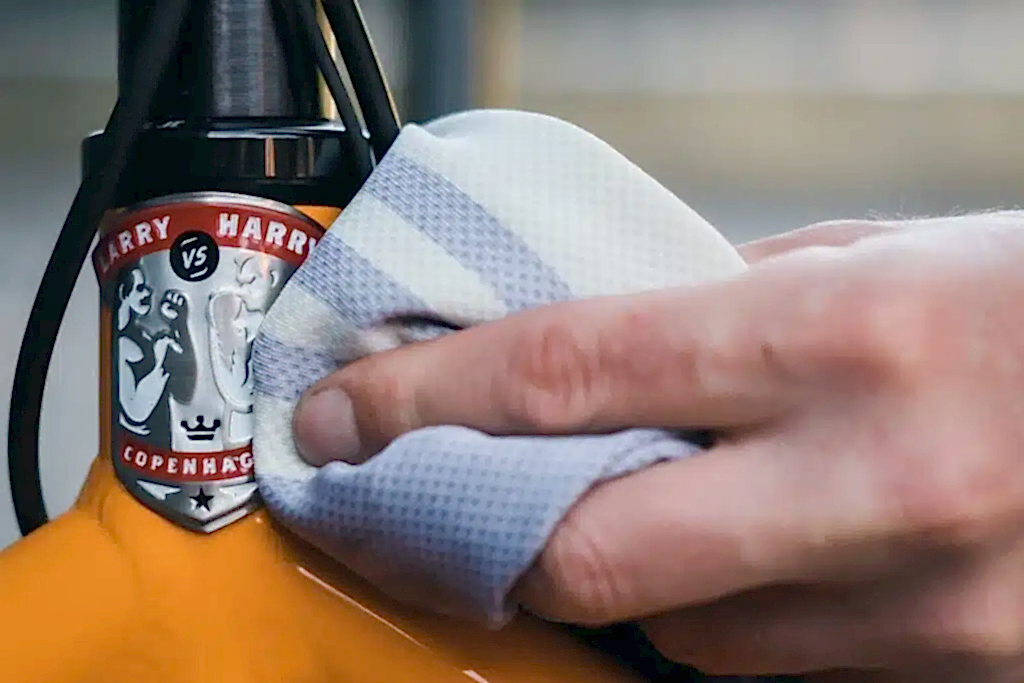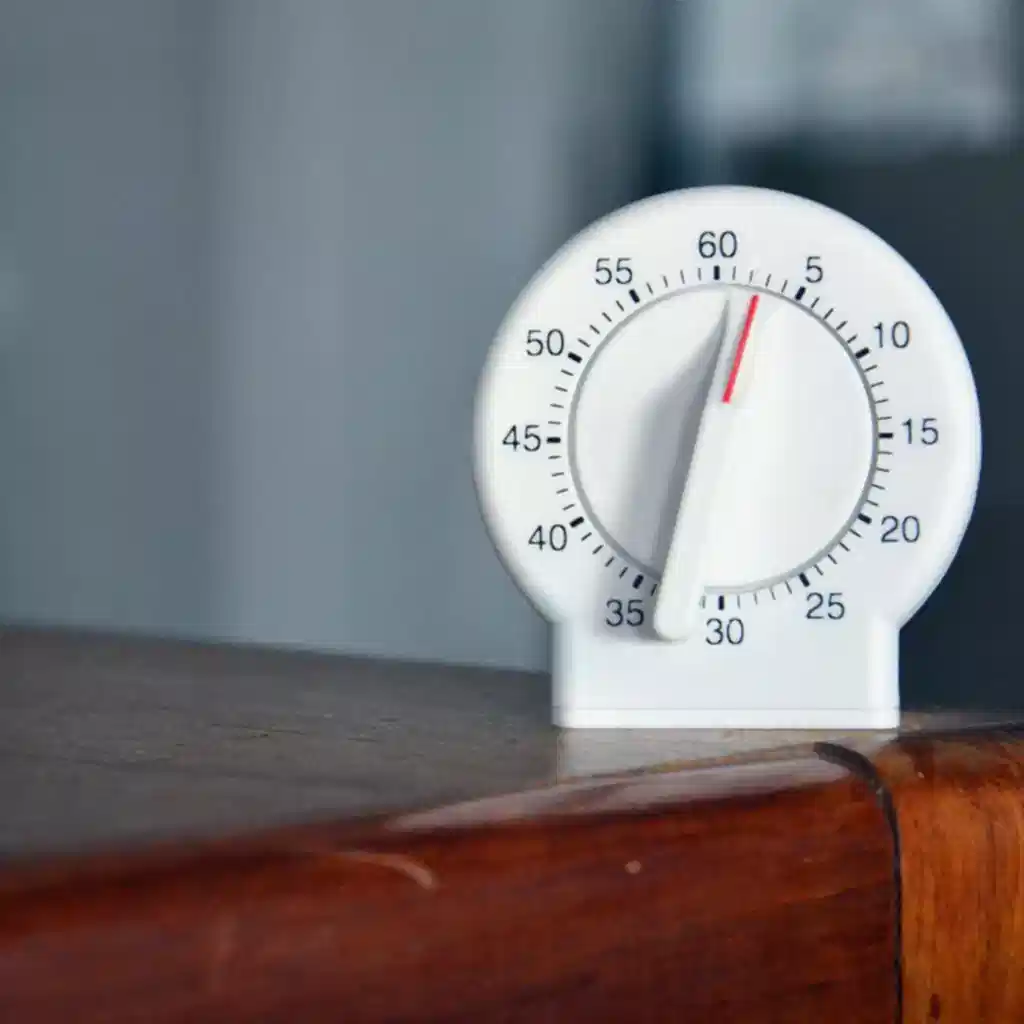Easy Drain Change: DIY Cleaning and Maintenance for Your Sink
Hey there! Let’s dive into the world of DIY Drain Change, specifically focusing on that all-important task – changing and cleaning your drain. Trust me, it’s easier than you think and can save you a lot of hassle (and maybe even a call to the plumber!). So, grab your rubber gloves, and let’s get started! Why Bother with DIY Drain Maintenance? You’re probably thinking, “Why should I fiddle with the drain when I can easily call a professional?” I get it, but hear me out. Tackling drain maintenance yourself is not just about fixing a current issue. It’s about being proactive. Regular maintenance of your sink drain can prevent those dreaded clogs that sneak up on you at the least convenient times. Think about it – no more standing water in the sink when you’re rushing to get dishes done. But it’s not just about clogs. Regularly cleaning and maintaining your sink drain reduces wear and tear. This means your plumbing stays in better shape longer, saving you money in the long run. Plus, let’s not forget about odors. A well-maintained drain means a fresher-smelling kitchen or bathroom, and who doesn’t want that? Beyond the practical benefits, there’s something satisfying about rolling up your sleeves and taking care of your home. It’s empowering to know you can handle these tasks yourself. Plus, it’s a great skill to have – you never know when it’ll come in handy. Whether it’s a simple clean-up or a full drain change, DIY maintenance gives you a sense of accomplishment. You’re not just a homeowner; you’re a home caretaker, and there’s something genuinely rewarding about that. Tools You’ll Need Plunger: Always handy for minor clogs. Pipe Wrench or Pliers: For those tighter fittings. Drain Snake or Wire Hanger: Perfect for fishing out debris. Bucket: To catch any water or gunk. Rubber Gloves: Keep those hands clean! Baking Soda OR Vinegar: The dynamic duo for natural cleaning. Step-by-Step Guide to Changing Your Sink Drain When it comes to changing your sink drain, it may seem like a task reserved for the pros, but with the right approach, it’s definitely something you can handle yourself. Here’s a more detailed walk-through of each step: Turn Off the Water: This is your first and most crucial step. Before you even touch the drain, ensure the water supply is off. This step is all about safety and preventing any unexpected water flow while you’re working. Locate the valves under your sink and turn them off – this is usually a simple twist. Remove the Old Drain: Next up, it’s time to remove the old drain. This is where your tools come into play. Grab your wrench or pliers, and gently loosen the fittings that hold the drain in place. It’s important to be patient and careful here to avoid damaging your sink. Once everything is loose, lift out the old drain. You might find this step a bit tricky if the old drain is stubborn, but with a bit of elbow grease, it’ll come right out. Clean the Area: Now that the old drain is out, you’ll probably notice some gunk or residue around the sink opening. This is the perfect time to clean it up. Take a cloth and some cleaning solution – you can even use that trusty baking soda and vinegar mix – and thoroughly clean around the area. This ensures that your new drain has a clean, smooth surface to adhere to. Install the New Drain: Here’s where things get a bit more technical, but don’t worry, it’s nothing you can’t handle. Start by applying plumber’s putty around the new drain – this helps create a watertight seal. Then, place the drain into the opening in your sink. From below, you’ll need to tighten it to secure it in place. This might require a bit of contorting under the sink, but think of it as part of the DIY adventure. Reconnect and Test: You’re almost there! Reconnect any pipes that were disconnected during the process. Once everything is snugly in place, it’s time to turn the water back on and test your handiwork. Turn on the tap and watch the water flow. What you’re looking for here is a smooth drain and no leaks. If everything looks good, congratulations – you’ve just successfully changed your sink drain! Through these steps, you not only fix a potential problem but also gain a deeper understanding of how your home works. It’s a great feeling to know you can rely on your own two hands to keep your home in tip-top shape. Cleaning and Unclogging Your Drain Unclogging and cleaning your drain doesn’t always require harsh chemicals or professional help. Here’s a revised approach that swaps out the boiling water solution for something different, yet just as effective: The Plunger Method: Begin with the simplest tool – the plunger. It’s often the most immediate and effective way to deal with a clogged sink. Ensure enough water in the sink to cover the plunger’s head, creating the necessary suction. Press down firmly and then pull up sharply. Repeat this action several times. The pressure created by this movement can dislodge most minor clogs, making the plunger an invaluable tool in your DIY plumbing arsenal. Salt, Baking Soda, and Warm Water: Replace the boiling water with a more gentle warm water solution. Start by mixing half a cup of salt with half a cup of baking soda. This combination creates an abrasive mixture that can break down gunk and grime. Pour this mixture down the clogged drain. Follow it with about two liters of warm water. The warmth helps to dissolve any residues, and the salt and baking soda work together to scrub away the clog. This method is particularly effective for maintenance and for unclogging drains that don’t respond to plunging. Using a Drain Snake or Wire Hanger: For those stubborn clogs that resist other methods, it’s time to get physical. Use a drain snake or a straightened
Easy Drain Change: DIY Cleaning and Maintenance for Your Sink Read More »
